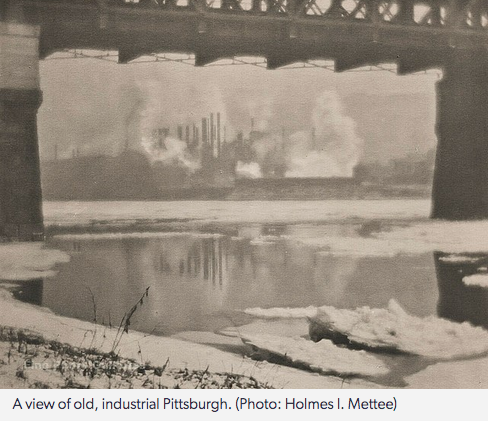Author Maureen T. Koetz explores nuclear’s history and how air emission credits were the economic birthright of the nuclear industry since the passage of the 1990 Clean Air Act (CAA) amendments, when emission control capability first became a tradable commodity. Yet it took until 2016 for ratepayers and shareholders to receive even a small fraction of this valuable return on investment.
Nuclear’s emission control value actually more accurately dates to 1957, when the first civilian production plant came on line, and this past exclusion of nuclear from credit markets has mislead decision makers for decades. Factoring nuclear out of emission credit markets over the last three decades has proved costly for the entire fission industry. As a policy director at the Nuclear Energy Institute (NEI), I first developed emission avoidance calculations in 1997; the new data sets confirmed nuclear’s role in eliminating both criteria pollutants under the CAA and greenhouse gases then the subject of planned international controls under the Kyoto Protocol. The calculations also identified what were then hundreds of millions of dollars in emission credit value that had never been booked or realized by plant owners and operators on behalf of shareholders. Twenty years on, the forgone return on investment value has only multiplied.
 According to NEI, a 16.4 percent increase in nuclear generation from 1990 to 1995 in 21 states avoided 480,000 tons of sulfur dioxide, or 37 percent of the 1990 CAA amendments reduction requirement. Noting that “no credit was allocated to nuclear plants,” NEI estimated the “contribution” to emission control would have been worth about $50 million, but that’s really only a fraction of the cumulative value. Actual emission credit value accruing to shareholders and ratepayers since the 1960s spans multiple emission categories and regions. Besides historic sulfur prevention, the avoided emission value of nitrogen oxide and particulate matter in heavily controlled areas like California and the Ozone Transport Region are more likely billions even before greenhouse gases are included.
According to NEI, a 16.4 percent increase in nuclear generation from 1990 to 1995 in 21 states avoided 480,000 tons of sulfur dioxide, or 37 percent of the 1990 CAA amendments reduction requirement. Noting that “no credit was allocated to nuclear plants,” NEI estimated the “contribution” to emission control would have been worth about $50 million, but that’s really only a fraction of the cumulative value. Actual emission credit value accruing to shareholders and ratepayers since the 1960s spans multiple emission categories and regions. Besides historic sulfur prevention, the avoided emission value of nitrogen oxide and particulate matter in heavily controlled areas like California and the Ozone Transport Region are more likely billions even before greenhouse gases are included.
While recent state-by-state ZEC programs are positive steps, they have yet to equalize the value of a proverbial ounce of greenhouse gas prevention with pounds of sequester cure provided to fossil fuel technology. New York’s early adoption of ZECs uses complex formulas based the social costs of carbon that price credits at $17 per megawatt hour at four upstate nuclear units. The overall estimate of $480 million per year in ZEC payments to the James A. Fitzpatrick, R.E. Ginna, and Nine Mile Point Units 1 and 2 plants that annually avoid 15 million tons of greenhouse gases yields $31 per ton controlled under a straight credit pricing basis.
Read more about this fascinating history at NuclearNewswire Woke nuclear?, by Maureen T. Koetz, published September 15, 2021.
